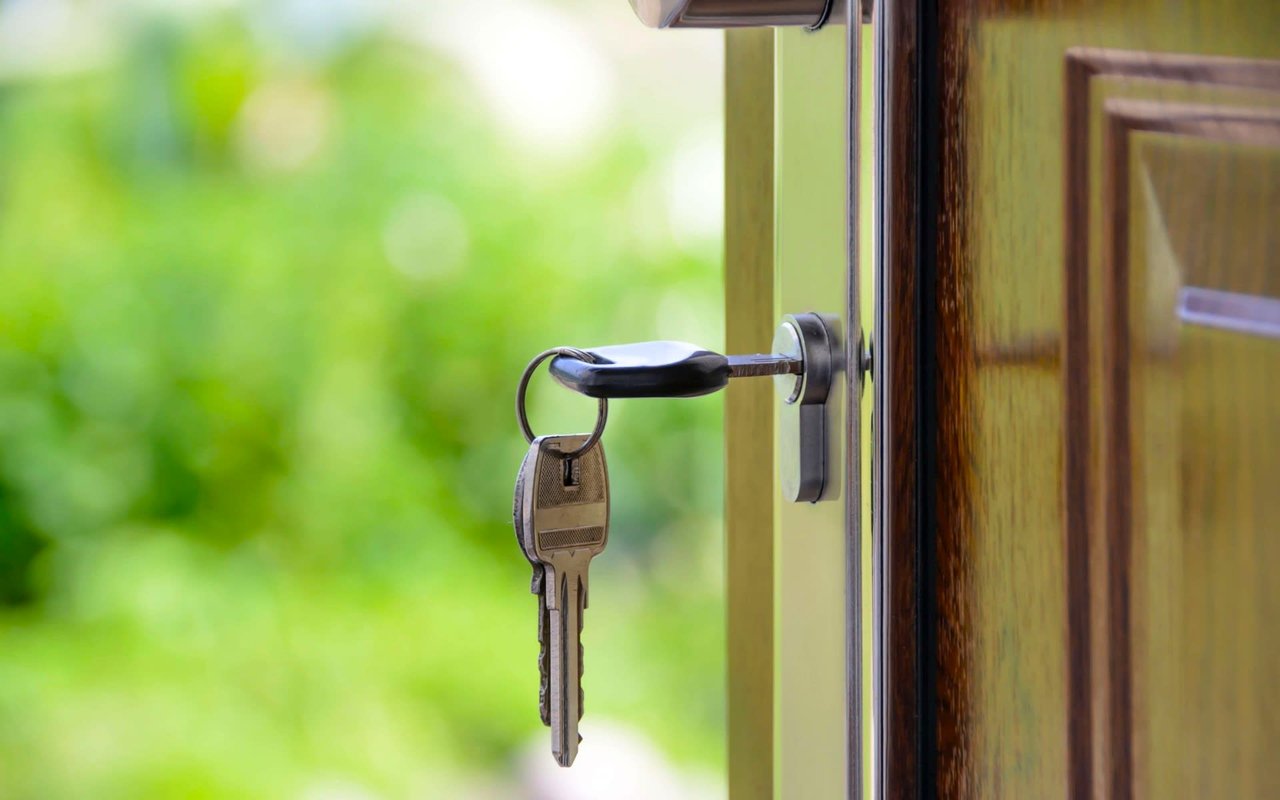Attending an open house is an exciting step in the home-buying journey. While it’s easy to focus on the obvious features like layout, decor, and curb appeal, there are several critical details that are often overlooked. Paying attention to these can help you avoid costly surprises and ensure the home is the right fit for your needs. Here’s a guide to the less obvious aspects to evaluate at an open house.
Check for Signs of Maintenance Issues
While the home may look polished on the surface, it’s essential to dig deeper to assess its overall condition. Look for signs of deferred maintenance, such as peeling paint, cracked tiles, or water stains on ceilings and walls. These issues might indicate larger problems, like leaks or structural concerns, that could require significant repairs down the line.
Pay attention to areas that are often overlooked, such as the attic or utility closets. These spaces can reveal telltale signs of neglect or potential issues with plumbing, insulation, or ventilation.
Pay attention to areas that are often overlooked, such as the attic or utility closets. These spaces can reveal telltale signs of neglect or potential issues with plumbing, insulation, or ventilation.
Inspect Windows and Doors
Windows and doors are more than aesthetic features—they play a vital role in energy efficiency and security. At an open house, test windows and doors to ensure they open and close smoothly, seal tightly, and show no signs of damage or drafts.
Older or improperly installed windows can lead to higher energy bills, while misaligned doors may indicate foundation issues. Assessing these details can help you better understand the home’s overall condition.
Older or improperly installed windows can lead to higher energy bills, while misaligned doors may indicate foundation issues. Assessing these details can help you better understand the home’s overall condition.
Assess Noise Levels
While touring the home, take a moment to observe the noise levels inside and outside the property. Can you hear traffic from nearby roads, neighbors, or planes flying overhead? Is there an echo or a hollow sound inside, which might indicate poor insulation?
Consider visiting the open house at different times of the day to get a sense of how external noise could impact your daily life.
Consider visiting the open house at different times of the day to get a sense of how external noise could impact your daily life.
Examine Storage Space
Storage is often an underestimated feature, yet it significantly impacts the functionality of a home. Look beyond closets and cabinets to assess whether the property offers sufficient storage for your needs. Consider areas like the garage, attic, and built-in shelving.
If the current homeowner’s belongings are packed into storage spaces, it may suggest a lack of adequate room. Ensure the home can accommodate your lifestyle and possessions comfortably.
If the current homeowner’s belongings are packed into storage spaces, it may suggest a lack of adequate room. Ensure the home can accommodate your lifestyle and possessions comfortably.
Take Note of Smells
Your sense of smell can provide valuable insights about a home’s condition. Foul odors, mustiness, or strong air fresheners could signal hidden issues such as mold, water damage, or attempts to mask pet odors.
Walk through each room and pay attention to any unusual smells, particularly in basements, bathrooms, and kitchens. If something seems off, ask the listing agent for clarification.
Walk through each room and pay attention to any unusual smells, particularly in basements, bathrooms, and kitchens. If something seems off, ask the listing agent for clarification.
Examine Flooring and Walls
The state of a home’s flooring and walls can reveal much about its history. Look for uneven or sloping floors, which might indicate structural problems. Scratches, dents, or discoloration on wood or laminate flooring may point to heavy wear and tear.
Walls should be smooth and free of cracks or bulges. While hairline cracks can be harmless, larger cracks may signal foundation issues. If you notice signs of patchwork repairs, ask about the underlying cause and whether the problem has been fully addressed.
Walls should be smooth and free of cracks or bulges. While hairline cracks can be harmless, larger cracks may signal foundation issues. If you notice signs of patchwork repairs, ask about the underlying cause and whether the problem has been fully addressed.
Evaluate the Lighting
Lighting plays a crucial role in creating a comfortable and functional living space. During the open house, take note of natural light in each room, especially in spaces like the kitchen, living room, and bedrooms.
Check for adequate overhead lighting and ensure that light switches and fixtures are functional. Poorly lit rooms might require additional investments in lighting upgrades or window treatments.
Check for adequate overhead lighting and ensure that light switches and fixtures are functional. Poorly lit rooms might require additional investments in lighting upgrades or window treatments.
Observe the Neighborhood
While the home itself is the primary focus, its location and surroundings are equally important. Walk around the neighborhood to get a sense of the community. Are the neighboring properties well-maintained? Is there adequate street parking?
Evaluate the proximity to schools, grocery stores, parks, and other amenities that are important to your lifestyle. A great home in an undesirable neighborhood can limit your enjoyment and affect property value in the long term.
Evaluate the proximity to schools, grocery stores, parks, and other amenities that are important to your lifestyle. A great home in an undesirable neighborhood can limit your enjoyment and affect property value in the long term.
Look at Utility Systems
The condition of the home’s utility systems is often overlooked during open houses. If possible, inspect the HVAC system, water heater, and electrical panel. Ask how old these systems are and whether they have been maintained or upgraded recently.
Outdated or poorly functioning systems can lead to costly repairs or replacements, so it’s important to understand their condition before making an offer.
Outdated or poorly functioning systems can lead to costly repairs or replacements, so it’s important to understand their condition before making an offer.
Visualize Living in the Space
Beyond practical considerations, it’s essential to imagine yourself living in the home. Does the layout suit your daily routines? Are the spaces versatile enough to adapt to future needs?
Pay attention to small details, such as room sizes, traffic flow, and whether the design matches your aesthetic preferences. If something feels off, it might be worth considering other options.
Pay attention to small details, such as room sizes, traffic flow, and whether the design matches your aesthetic preferences. If something feels off, it might be worth considering other options.
Making an Informed Decision
An open house is more than just a walkthrough—it’s an opportunity to assess whether a property meets your needs and expectations. By paying attention to often-overlooked details, you can make a confident and informed decision about your potential investment.
For expert guidance on buying or selling homes in 30A, connect with Dahler & CO. Contact Dahler & CO. today to explore available properties and gain personalized insights into the 30A real estate market.
For expert guidance on buying or selling homes in 30A, connect with Dahler & CO. Contact Dahler & CO. today to explore available properties and gain personalized insights into the 30A real estate market.
View real estate listings:




